Herpetology, the captivating branch of biology, is the study of reptiles and amphibians. It encompasses their identification, classification, behavior, physiology, ecology, and conservation.
These remarkable creatures constitute one of the most diverse groups of organisms on our planet, occupying pivotal roles within numerous ecosystems worldwide.

Dive into the enthralling realm of herpetology, where a world teeming with captivating creatures awaits your exploration.
Uncover the secrets of reptiles and amphibians as you delve into their mesmerizing world, unlocking the mysteries of their behavior, physiology, and ecology.
With their astonishing diversity and pivotal roles in countless ecosystems, these remarkable beings will leave you spellbound, yearning to unravel more about the enigmatic realm of herpetology.
Brace yourself for an awe-inspiring journey that will forever change the way you perceive the natural world.
Definition of Herpetology:
The term “herpetology” derives from the Greek word “herpeton,” meaning “creeping animal,” eloquently capturing the predominant locomotion style of most reptiles and amphibians—crawling or slithering along the ground.
Herpetology encompasses a broad spectrum of subjects about these mesmerizing cold-blooded vertebrates.
Herpetologists explore diverse aspects, ranging from their intricate interactions with the environment to their behavioral patterns and evolutionary history.
Importance of Studying Herpetology:
The study of herpetology holds immense significance for a multitude of reasons.
Reptiles and amphibians rank among the oldest inhabitants of our planet, with certain species enduring for hundreds of millions of years.
Through their study, we gain profound insights into the evolutionary processes that have shaped life on Earth, observing how various species have adeptly adapted to environmental changes over time.
Beyond providing a deeper understanding of evolution and biodiversity, herpetology assumes a critical role in comprehending global ecosystems.
Reptiles and amphibians assume vital positions within food chains, acting both as predators and prey.
Exploring their behavioral patterns facilitates a comprehensive grasp of ecosystem functioning as a cohesive whole.
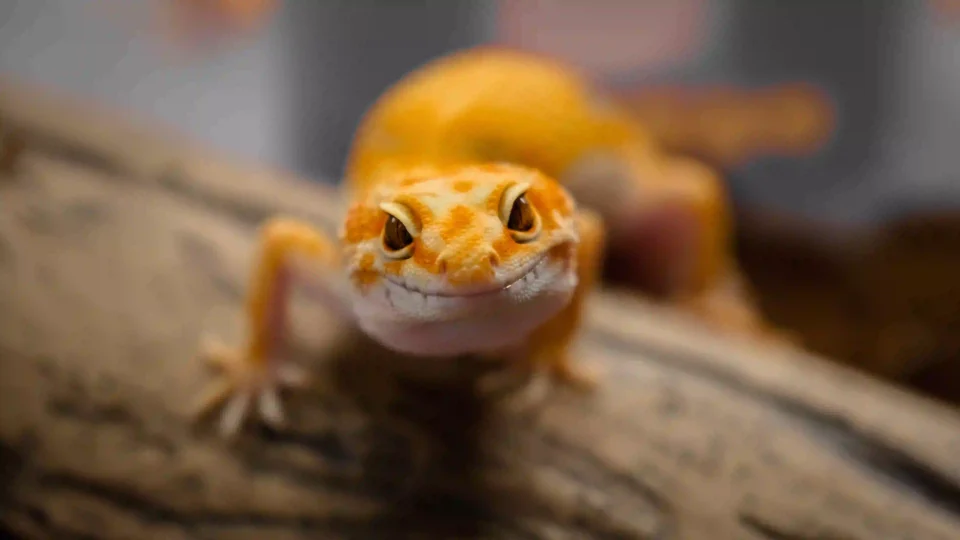
Herpetology possesses significant economic value, particularly in the context of comprehending disease outbreaks or harnessing the potential of natural products derived from specific species, such as snake venom, for the development of novel drugs.
Herpetology unfurls a vast repository of knowledge and profound insights into the natural world, spanning its ancient history to its present state.
It stands as an indispensable field of study for individuals interested in the intricacies of biology and the wonders of the natural world.
History of Herpetology:
Early Studies and Discoveries:
The roots of herpetology can be traced back to ancient Greece, where revered philosophers like Aristotle and Theophrastus laid the foundation for our understanding of reptiles and amphibians through their early recorded observations.
It was during the 18th century that herpetology truly began to take shape as a scientific discipline.
This transformation was fueled by the establishment of natural history museums and the development of systematic classification systems, which provided a framework for organizing and studying these captivating creatures.
Since then, herpetology has played a pivotal role in advancing our knowledge of evolution, ecology, biogeography, and even medicine.

Early European explorers embarked on daring journeys and made astonishing discoveries, greatly enriching our understanding of Earth’s biodiversity.
These intrepid adventurers encountered an abundance of previously unknown species, contributing significantly to the expanding field of herpetology.
In more recent times, remarkable technological advancements have revolutionized our ability to delve deeper into the lives of these unique animals, unlocking unprecedented insights.
Contributions of Famous Herpetologists:
Among the eminent figures in the annals of herpetological research, Carl Linnaeus shines as the progenitor of modern taxonomy.
Through his groundbreaking work, he established a system of classifying species based on shared characteristics, creating a standardized nomenclature that endures to this day.

Another influential luminary in the realm of herpetology was Thomas Bell, whose extensive research on reptiles and amphibians during his tenure as director of the Zoological Society in London propelled the field forward.
His meticulous investigations enhanced our understanding of these enigmatic creatures and their ecological significance.

No discourse on famous herpetologists would be complete without mentioning the illustrious Charles Darwin.
His transformative observations made during his voyage aboard HMS Beagle became the bedrock for his theory of evolution by natural selection, forever altering our understanding of life on Earth.

Rachel Carson’s seminal work, “Silent Spring,” resonated profoundly within the realm of herpetology.
Her influential book shed light on the detrimental effects of pesticides on wildlife populations, including delicate amphibians.
Carson’s groundbreaking research awakened public consciousness of environmental concerns and emphasized the urgent need for conservation efforts.
These pioneering individuals paved the way for our current understanding and appreciation of these captivating creatures.

The legacy of early herpetological studies, shaped by these visionary trailblazers, has endowed us with the knowledge and appreciation we possess today.
Without their indelible contributions, our understanding of the intricate world of reptiles and amphibians would be considerably diminished.
Classification of Reptiles and Amphibians:
Reptiles and amphibians find their place within the distinguished phylum Chordata, encompassing animals characterized by possessing a notochord, a dorsal nerve cord, pharyngeal slits, an endostyle, and a post-anal tail at some stage of their life cycle.
Within this phylum, reptiles belong to the class Reptilia, while amphibians are classified under the class Amphibia.
Both groups of these captivating creatures are cold-blooded vertebrates that have undergone over 300 million years of evolution since they diverged from a common ancestor.
Major Groups of Reptiles and Amphibians:
Reptiles can be categorized into four major groups, namely crocodilians, turtles, lizards, and snakes.
The crocodilians group comprises species such as crocodiles and alligators, displaying formidable adaptations for aquatic lifestyles.
Turtles, on the other hand, possess shells formed by the fusion of bony plates to their spines, providing them with exceptional protection.
Lizards, characterized by having four legs, each with five toes, demonstrate astonishing diversity in size, habitat, and behavior.
Snakes, renowned for their legless bodies, have evolved a remarkable range of adaptations to thrive in diverse environments.
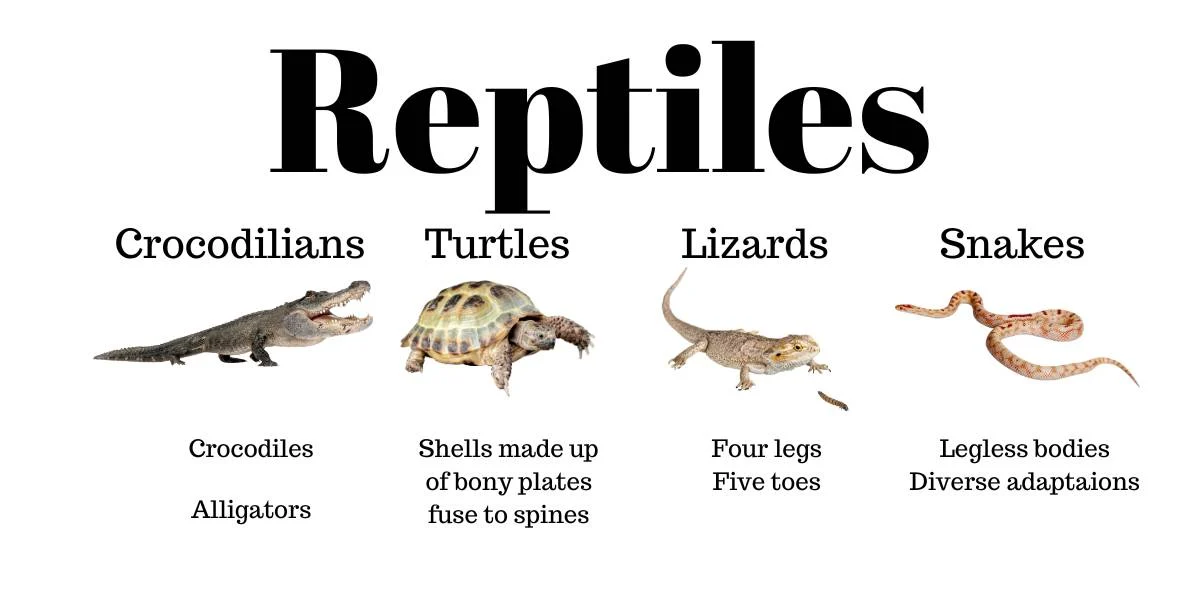
Amphibians, too, can be classified into three distinct categories.
Caecilians, representing limbless burrowing animals, display an intriguing subterranean lifestyle.
Salamanders, distinguished by their four legs and long tails, exhibit remarkable regenerative abilities.
Finally, frogs and toads, celebrated for their extraordinary jumping prowess, are the quintessential representatives of the amphibian group.

Characteristics that Distinguish Them from Each Other:
Although reptiles and amphibians share certain features, such as being ectothermic, relying on external heat sources to regulate their body temperature, there are several distinguishing characteristics between the two groups. For instance:
- Skin: Reptiles typically possess tough skin adorned with scales or plates, providing them with protection and reducing water loss. In contrast, amphibian skin is smooth and moist, facilitating the exchange of gases and water absorption.
- Reproduction: Most reptile species employ oviparity, laying eggs with tough shells. In contrast, the majority of amphibian species practice oviposition, depositing soft jelly-like eggs in water or moist environments.
- Breathing: Reptiles primarily rely on lungs for respiration. In contrast, many adult amphibians exhibit cutaneous respiration, breathing through both their lungs and their permeable skin.
- Habitat: Reptiles predominantly inhabit terrestrial environments, adapting to a wide array of habitats across the globe. Amphibians, however, are primarily associated with aquatic habitats, although they may also venture onto land.
Understanding the classification of reptiles and amphibians assumes paramount importance in the field of herpetology, enabling us to differentiate between these two remarkable groups of animals and grasp their distinctive characteristics.
This knowledge forms the foundation for further exploration and investigation into the intriguing world of these captivating creatures.
Anatomy and Physiology:
Reptiles and amphibians possess remarkable anatomical and physiological adaptations that have allowed them to flourish in diverse environments.
Reptiles, for instance, boast scales that safeguard their bodies as they navigate challenging terrains. These scales protect against harm and reduce water loss, enabling reptiles to thrive in a variety of habitats.
Amphibians, on the other hand, possess a distinctive trait—they can respire through their skin and absorb oxygen directly from the atmosphere.
This unique adaptation sets them apart not only from reptiles but also from other animals, enhancing their ability to survive in their respective environments.
Reptiles exhibit a multitude of crucial anatomical features that enable them to thrive in specific habitats.
Turtles, for instance, possess sturdy shells that serve as protective armor against predators.
Snakes possess flexible jaws that allow them to consume prey much larger than their heads.
Lizards possess the remarkable ability to detach their tails when threatened, diverting predators’ attention while they make a swift escape.
Amphibians, too, showcase distinct anatomical structures that contribute to their survival in diverse conditions.
Frogs, known for their extraordinary jumping abilities, possess powerful hind legs specifically designed for leaping long distances to avoid danger or capture prey.
Salamanders possess the remarkable ability to regenerate lost limbs, allowing them to recover from injuries or predation.
Caecilians employ a tentacle-like structure known as a “chemosensory” organ on their heads to detect food or predators, even in low-visibility environments.
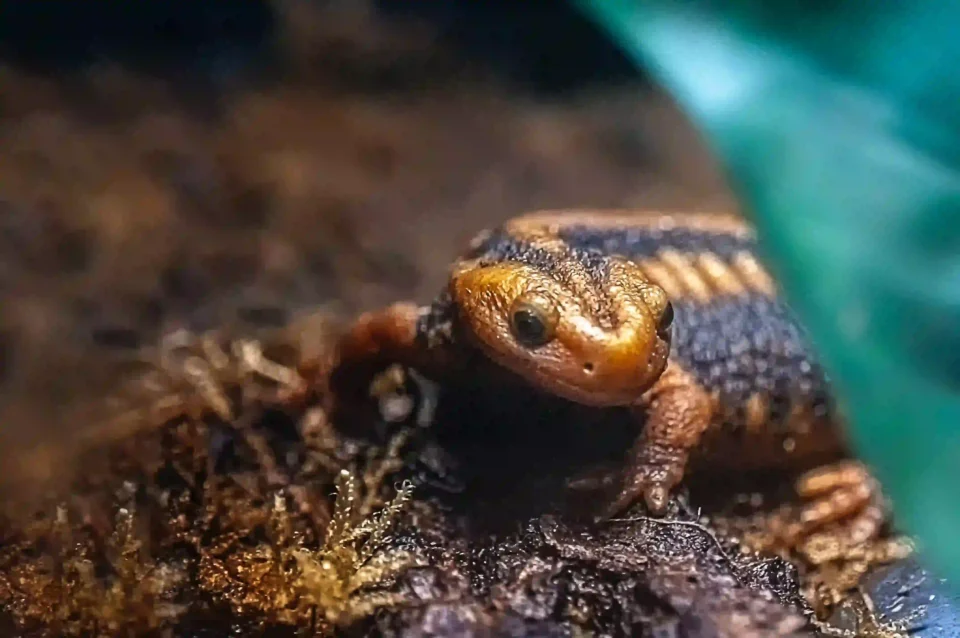
These remarkable adaptations enable reptiles and amphibians to thrive in a range of environments worldwide, including deserts, forests, oceans, and rivers.
Certain reptiles, such as snakes or lizards, reside underground in cooler temperatures, while others withstand the scorching conditions of arid deserts with limited water availability.
Amphibians are typically found near bodies of water, as water plays a vital role in their life cycle.
Most amphibians lay their eggs in aquatic environments, where they hatch into tadpoles before gradually transforming into adults.
Some amphibian species, like frogs, possess webbed feet that facilitate efficient swimming or long-distance jumping, allowing them to navigate their aquatic habitats with agility.
Both reptiles and amphibians possess adaptations to cope with varying temperatures.
Being cold-blooded (ectothermic), their body temperature is influenced by their surroundings.
Turtles utilize basking spots to raise their body temperature, while snakes bask in the sun to increase their metabolic activity.
These unique anatomical and physiological attributes equip reptiles and amphibians to thrive in their natural habitats, independently sustaining themselves without relying on human intervention.
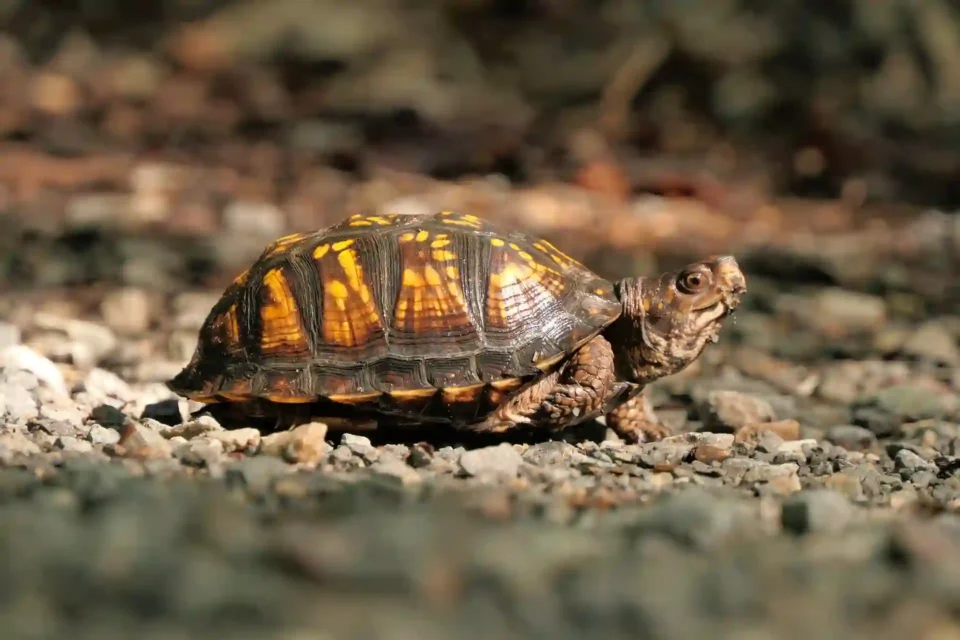
By studying these distinctive adaptations, we gain valuable insights into how animals can adapt and survive in diverse environments.
Such knowledge proves invaluable when formulating strategies for the conservation of endangered species and the preservation of their habitats.
Understanding the intricate balance between anatomy, physiology, and the environment deepens our appreciation for the remarkable resilience of reptiles and amphibians.
Behavior and Ecology:
Reproduction:
Reptiles and amphibians exhibit a fascinating array of reproductive strategies, showcasing the incredible diversity of their species.
While most reptiles lay eggs, amphibians typically lay clusters of jelly-like eggs that eventually hatch into tadpoles. However, there are exceptions to these patterns.
Certain lizard species, for instance, possess the remarkable ability to reproduce asexually through parthenogenesis, laying unfertilized eggs that develop into clones of the parent.
Courtship behaviors, such as vocalization, colorful displays of skin, or intricate mating dances, are commonly observed among many reptiles and amphibians.
Communication and Feeding Habits:
Reptiles and amphibians employ a variety of communication methods to interact with others of their kind.
Some species produce sounds using vocal cords or by rubbing body parts together, creating unique acoustic signals.
Visual displays, such as changing colors or puffing up their bodies, serve to intimidate threats or attract potential mates.
When it comes to feeding habits, reptiles often exhibit carnivorous tendencies, preying on insects, rodents, birds, fish, or even other reptiles.
On the other hand, amphibians may start as carnivorous feeders when young but transition to herbivorous diets as they reach adulthood, consuming plants and vegetation.
Migration Patterns and Role in Ecosystem:
Migration is a remarkable phenomenon observed in many reptile and amphibian species, as they travel between breeding grounds and feeding territories, covering extensive distances that can span hundreds or even thousands of miles.
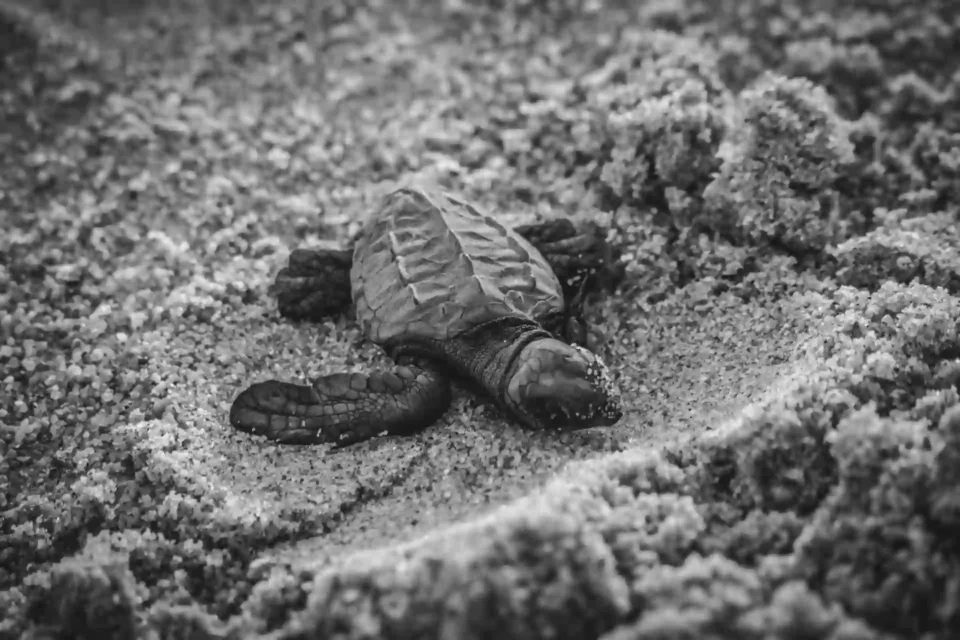
The ability of some species to navigate back to the same location year after year is truly remarkable and relies on a combination of cues, including magnetic fields, celestial navigation, landmarks, and scent trails.
Reptiles, with their predatory behaviors, play vital roles in ecosystems by controlling populations of rodents, thereby reducing crop damage.
Amphibians, such as frogs, contribute to ecosystem balance by serving as insect scavengers, helping to mitigate pests on crops.
Understanding the behavior and ecology of these creatures is crucial for effective conservation efforts, as it provides insights into the intricate population dynamics within complex ecosystems, where each organism plays a pivotal role in maintaining balance and harmony.
Conservation and Threats to Herpetofauna:
Habitat Destruction:
Among the various challenges faced by reptiles and amphibians, habitat destruction looms as the most pressing threat.
Human activities such as agriculture, urbanization, logging, and mining are devastating the natural habitats that many species rely upon.
The repercussions of this destruction reverberate through herpetofauna populations, as they are intricately tied to specific environmental conditions, including temperature and humidity, for their survival.
When their habitats are demolished, these critical conditions are disrupted, making it increasingly arduous for these creatures to thrive or reproduce.
Climate Change:
Climate change represents another formidable menace with profound implications for herpetofauna species.
The alteration of temperature and rainfall patterns, driven by climate change, poses a direct threat to the survival of reptiles and amphibians.
As temperatures continue to rise, certain species may struggle to adapt to the shifting environmental dynamics, leading to population declines or even the extinction of some species.
Pollution and Disease Outbreaks:
The perils of pollution cannot be understated when it comes to the well-being of herpetofauna populations.
Contamination of water sources and food supplies due to pollution poses significant risks.
Pesticides sprayed in agricultural areas, intended to target specific pests, can inadvertently harm non-targeted wildlife, including vulnerable amphibians.
Furthermore, disease outbreaks have the potential to swiftly decimate entire populations of reptiles or amphibians, leaving them highly susceptible to perilous pathogens.

Addressing these conservation challenges is crucial to safeguarding the rich biodiversity of reptiles and amphibians.
By mitigating habitat destruction, combating climate change, and reducing pollution, we can create a more hospitable environment for these remarkable creatures, ensuring their continued existence for future generations.
Efforts to Protect Endangered Species:
Captive Breeding Programs:
In the endeavor to safeguard endangered herpetofauna species, scientists are implementing captive breeding programs.
This approach involves capturing individuals from wild populations and nurturing them in controlled captive environments until they reach maturity.
Once they have reached reproductive age, these individuals can be reintroduced back into their natural habitats.
Captive breeding programs serve as a lifeline, ensuring the survival and genetic diversity of endangered species.
Habitat Conservation:
Habitat conservation stands as a crucial strategy employed by scientists worldwide to protect endangered reptile and amphibian species.
By safeguarding the natural environments where these animals reside, through the establishment of protected areas such as reserves, national parks, or sanctuaries, we create havens for their survival.
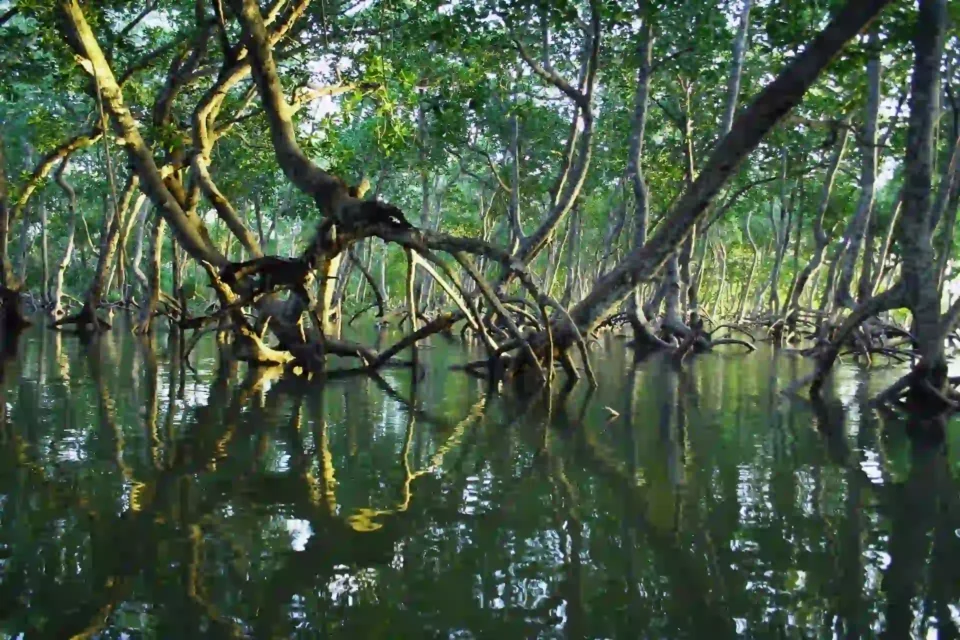
Preserving intact habitats is vital for providing these species with the resources and conditions necessary for their continued existence.
Education and Awareness:
An indispensable component of conservation efforts lies in educating people about the significance of preserving herpetofauna species and their habitats.
By raising awareness, individuals can cultivate a deeper understanding of their actions and how they impact these species.
Conservation programs that actively engage with local communities play a pivotal role in fostering a sense of ownership and responsibility for the environment that surrounds us.
Through education and outreach initiatives, we can inspire a collective commitment to the protection and conservation of endangered reptiles and amphibians.
By combining these efforts—captive breeding programs, habitat conservation, and education—we can fortify our endeavors to protect and restore populations of endangered herpetofauna species.
Through these concerted actions, we strive to ensure a future where these remarkable creatures continue to thrive and enrich our planet’s biodiversity.
Fun Facts about Reptiles and Amphibians:
Reptiles and amphibians have captivated us with their remarkable adaptations, behaviors, and appearances. Here are some fun facts that shed light on the extraordinary nature of these creatures:
Unusual Behaviors and Adaptations:
- The horned lizard possesses a fascinating defense mechanism. It can shoot blood out of its eyes to deter predators.
- The axolotl, also known as the Mexican walking fish, possesses the incredible ability to regenerate lost body parts, including tails and limbs.
- Certain species of frogs have the ability to freeze solid during winter, only to thaw out in spring when temperatures rise.
- Chameleons are famous for their color-changing abilities, but they also have independently moving eyes, allowing them to simultaneously observe different directions.
- While most snakes lay eggs or give birth to live young, boa constrictors retain their eggs inside their bodies until they hatch.
Examples from Around the World:
- Reptiles and amphibians can be found in diverse locations around the globe. The Goliath frog, native to Cameroon, can grow up to a foot long, making it one of the largest frog species.
- The Komodo dragon, exclusive to a few Indonesian islands, holds the title of the largest living lizard species. It possesses venomous saliva, aiding in capturing prey.
- Australia is home to an array of unique reptile species, such as the thorny devil. Covered in protective spines, it stands as a remarkable adaptation against predators.
- The saltwater crocodile, residing in Australia’s waters, ranks among the most formidable creatures with its powerful jaws capable of hunting down large prey, including humans.
Whether embarking on global adventures or exploring your local surroundings, the world of reptiles and amphibians never fails to offer an abundance of captivating discoveries.
These intriguing creatures continually inspire awe and expand our understanding of the natural world.
Frequently Asked Questions
Herpetology is the scientific study of reptiles and amphibians, encompassing their biology, behavior, ecology, and conservation. It investigates the diverse aspects of these cold-blooded vertebrates, including their anatomy, physiology, evolution, and distribution.
An example of herpetology is the study of the feeding habits of snakes in a specific ecosystem. Herpetologists in this field observe and analyze the types of prey consumed by snakes, their hunting techniques, and the impact of snake predation on the local food web.
Herpetologists conduct research to understand various aspects of these cold-blooded vertebrates, known as reptiles and amphibians. This is done by doing fieldwork, gathering data, and collaborating with fellow researchers.
Herpetology is a specialized branch of zoology within the biological sciences. It focuses on the scientific study of reptiles and amphibians. Herpetology delves into various aspects of these fascinating creatures, including their taxonomy, anatomy, physiology, behavior, ecology, and evolution.
Conclusion
Herpetology, the study of reptiles and amphibians, offers a captivating exploration into the biology and ecology of these extraordinary creatures. The significance of herpetology as a scientific discipline cannot be overstated.
Reptiles and amphibians play vital roles in ecosystems worldwide. They contribute as predators and prey within intricate food webs, control insect populations, aid in seed dispersal, pollinate flowers, and even provide valuable medicinal compounds to benefit humanity.
Understanding their biology holds the potential for new discoveries that can improve human health and advance industries.
However, numerous reptile and amphibian species face grave threats from habitat loss, climate change, pollution, and other human-induced factors. The loss of any species can have far-reaching ecological consequences, impacting entire food webs and even entire ecosystems.
Therefore, safeguarding these creatures becomes imperative, necessitating a thorough understanding of their natural history through dedicated herpetological research.
By studying herpetology, we not only deepen our understanding of these remarkable animals, but we also assume the responsibility of protecting them from extinction.
Through increased knowledge and awareness, we can foster harmonious coexistence with reptiles and amphibians, preserving the invaluable biodiversity they offer to our planet Earth.

